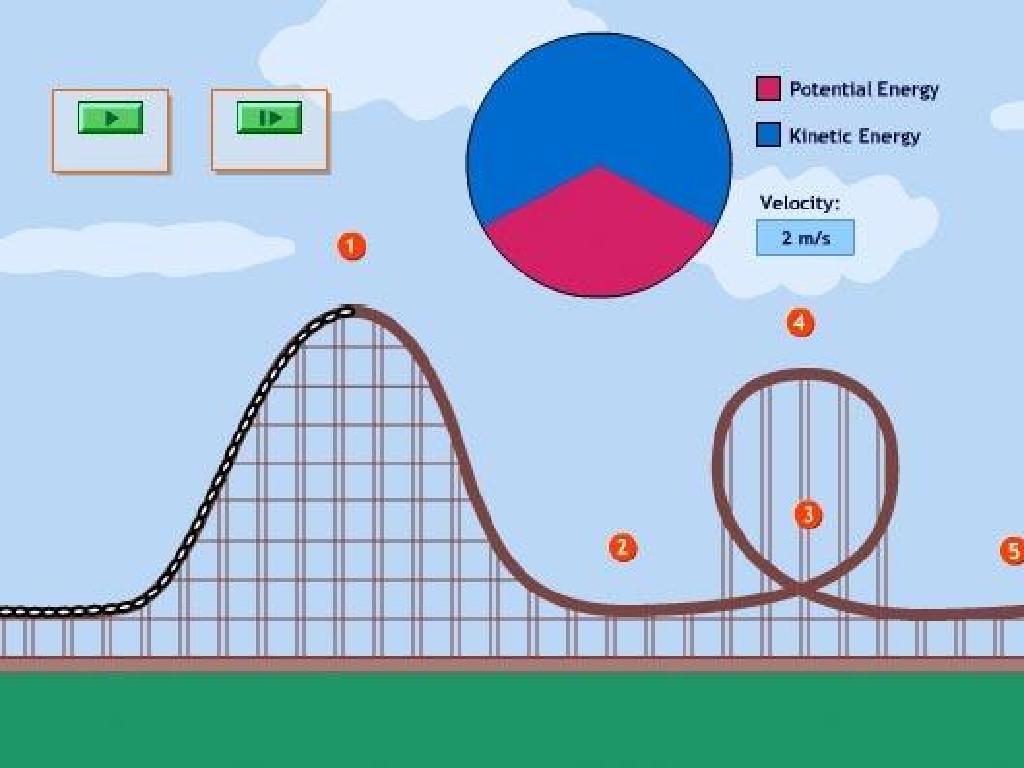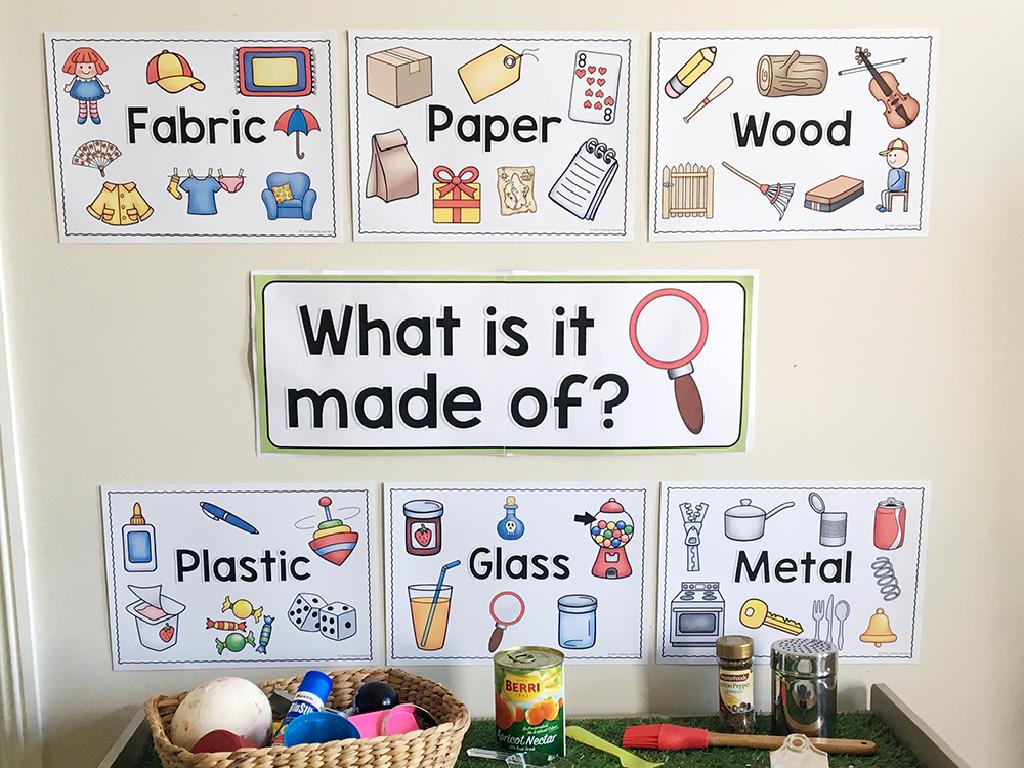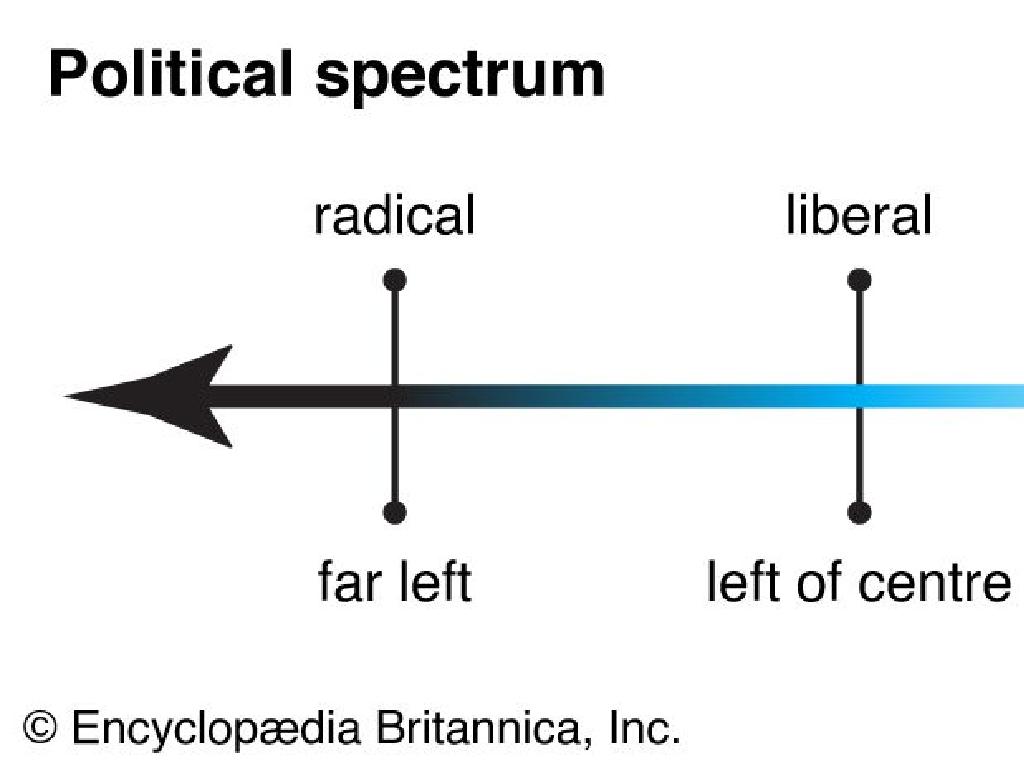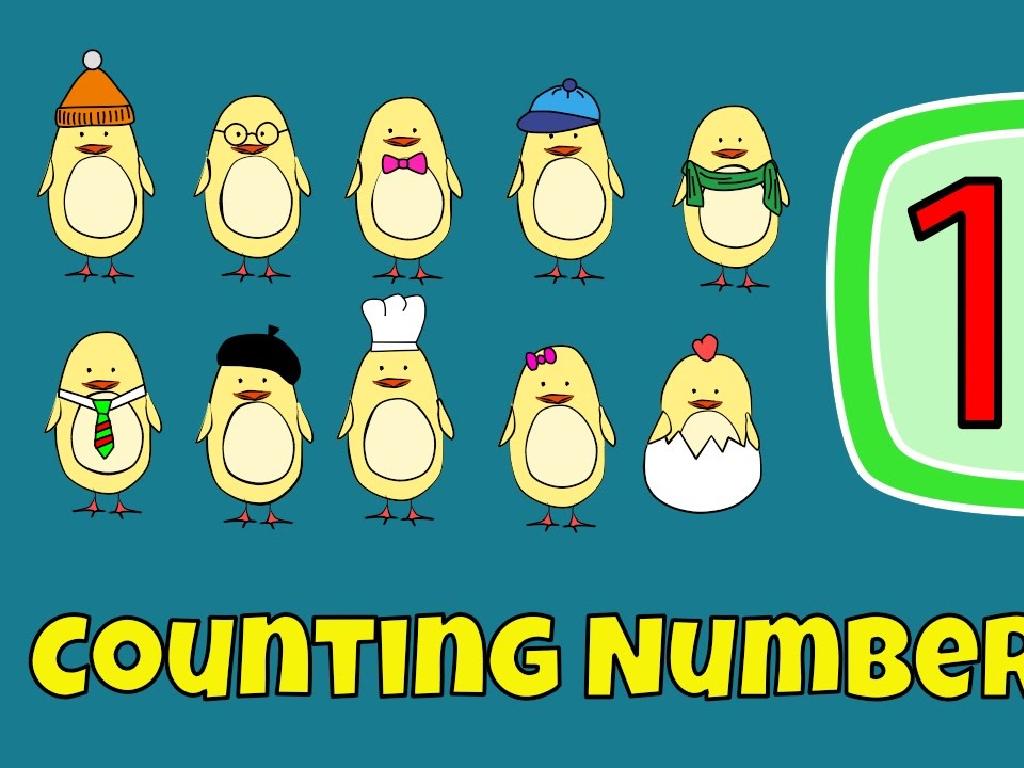Correct Errors With Frequently Confused Words
Subject: Language arts
Grade: Eighth grade
Topic: Editing And Revising
Please LOG IN to download the presentation. Access is available to registered users only.
View More Content
Navigating Frequently Confused Words
– Grasping word choice significance
– Word choice impacts clarity and meaning in writing.
– Exploring reasons for confusion
– Similar spelling/sound leads to mix-ups, e.g., ‘accept’ vs. ‘except’.
– Mastering error identification
– Learn to spot incorrect words in sentences.
– Correcting word usage mistakes
– Use strategies to replace the wrong words with correct ones.
|
This slide introduces the concept of frequently confused words, emphasizing the importance of choosing the right word to convey clear and accurate meaning in writing. Students will explore common reasons behind the confusion, such as similar spellings or pronunciations. The objective is to equip students with the skills to identify errors in word usage and apply strategies to correct them, enhancing their editing and revising capabilities. Encourage students to think critically about word choice and to practice with exercises that challenge them to pick out and correct commonly confused words.
Navigating Commonly Confused Words
– Differentiate there/their/they’re
– ‘there’ is a place, ‘their’ shows possession, ‘they’re’ is ‘they are’
– Understand to/too/two
– ‘to’ is for direction, ‘too’ means also, ‘two’ is the number 2
– Learn its/it’s usage
– ‘its’ is possessive, ‘it’s’ is ‘it is’ or ‘it has’
– Interactive quiz participation
|
This slide aims to clarify the differences between sets of words that are often confused due to similar spelling but have distinct meanings and uses. ‘There’ refers to a location, ‘their’ is used to indicate possession by people or things previously mentioned, and ‘they’re’ is a contraction for ‘they are.’ Similarly, ‘to’ is a preposition or part of an infinitive verb, ‘too’ is used to mean ‘also’ or ‘excessively,’ and ‘two’ is the numeral. ‘Its’ is the possessive form of ‘it,’ while ‘it’s’ is a contraction for ‘it is’ or ‘it has.’ The interactive quiz will reinforce these concepts by asking students to choose the correct word in a variety of sentences. Encourage students to think about the meaning of each sentence before selecting their answers, and remind them that understanding context is key to choosing the correct word.
Context Matters: Choosing the Right Word
– Context determines word choice
– Analyze sentences for correct words
– Look at surrounding words and overall meaning
– Practice with sentence correction
– We’ll correct sentences together in class
– Understand common word mix-ups
– Like ‘accept’ vs. ‘except’, ‘affect’ vs. ‘effect’
|
This slide is aimed at teaching students the importance of context in determining the correct usage of frequently confused words. Emphasize that the meaning of a sentence as a whole can indicate which word is appropriate. Provide strategies for analyzing sentences, such as looking for clues in the surrounding text and understanding the sentence’s purpose. During the practice activity, students will work on identifying and correcting errors in example sentences, reinforcing their understanding of the correct usage of commonly mixed-up words. Encourage students to discuss why a particular word is correct in each context. This will help them to remember and apply these rules in their writing.
Homophones and Homographs
– Define homophones and homographs
– Homophones sound the same but differ in meaning, e.g., ‘to, two, too’.
– Examples of homophones and homographs
– Homographs are spelled the same but differ in meaning or pronunciation, e.g., ‘lead’ (to guide) vs. ‘lead’ (a metal).
– Clarify usage in sentences
– Use ‘they’re’ for ‘they are’, ‘their’ for possession, and ‘there’ for location.
– Activity: Matching meanings
|
This slide introduces students to homophones and homographs, which are frequently confused in writing. Homophones are words that sound alike but have different meanings and sometimes different spellings. Homographs, on the other hand, are words that are spelled the same but have different meanings and sometimes different pronunciations. Provide clear examples for both and use them in sentences to clarify their meanings. The activity involves matching words to their correct meanings, which will help reinforce the concepts. For the activity, prepare a list of homophones and homographs and their definitions on separate cards. Students will match the words to their meanings. Alternative activities could include creating sentences using the correct words or a quiz where students choose the correct word from homophones/homographs to complete a sentence.
Your vs. You’re: Mastering Tricky Word Pairs
– Understand ‘Your’ vs. ‘You’re’
– ‘Your’ shows possession, ‘You’re’ is a contraction for ‘you are’.
– Correct usage in sentences
– ‘Your book is on the table.’ / ‘You’re going to love this book!’
– Group activity: Peer review
– Exchange papers, check each other’s sentences for these words.
– Discuss other confusing pairs
– Their/they’re/there, its/it’s, and two/too/to.
|
This slide introduces students to commonly confused word pairs, focusing on ‘Your’ vs. ‘You’re’. Begin by explaining the difference between the possessive pronoun ‘Your’ and the contraction ‘You’re’. Provide clear examples of each word used in a sentence. For the group activity, have students write sentences using both words correctly, then peer review each other’s work to ensure proper usage. Extend the lesson by discussing other tricky pairs like ‘Their/They’re/There’, ‘Its/It’s’, and ‘Two/Too/To’. Encourage students to come up with mnemonic devices to remember the correct usage. This activity will help reinforce their understanding and ability to edit and revise their own work.
Practice Makes Perfect: Confused Words
– Engage with interactive worksheets
– Spot and fix confused words
– Look for there/their/they’re, to/too/two, etc.
– Get instant feedback on answers
– Understand why the chosen word is correct or incorrect
– Discuss the corrections in class
– Share thoughts on why the mistakes may happen and how to avoid them
|
This slide is designed to facilitate an interactive learning session focused on commonly confused words. Provide students with worksheets that contain sentences using frequently mixed-up words. Encourage them to identify and correct these errors. As they work, offer immediate feedback to help them understand their mistakes. After completing the worksheets, lead a class discussion to review the corrections and delve into the reasons behind the common mix-ups. This will help students to recognize patterns and develop strategies to avoid similar errors in their writing. The goal is to reinforce their learning through practice, feedback, and collaborative discussion.
Editing and Revising: Mastering Confused Words
– Understanding the role of editing
Editing improves clarity and correctness in writing.
– Strategies for effective revision
Review work multiple times, use tools, and ask for peer input.
– Group activity: paragraph editing
Work in groups to identify and correct errors in a provided paragraph.
– Learning from peer feedback
|
This slide introduces the importance of editing and revising in the writing process, specifically focusing on correcting frequently confused words. Editing is crucial for eliminating errors and enhancing the clarity of the text. Students should learn various strategies for revising their work, such as reading their text multiple times, using digital tools like spell checkers, and seeking feedback from peers. The class activity involves students working in groups to edit a short paragraph, allowing them to apply their knowledge practically and learn from each other. Provide a paragraph with common errors involving frequently confused words (e.g., their/there/they’re, your/you’re, its/it’s) for the activity. After the activity, discuss the changes made and the rationale behind them to reinforce learning.
Class Activity: Word Hunt
– Find confused words in a story
– Pair up for discussion
– Work together to understand context
– Decide on the right words
– Choose words that best fit the story
– Share corrections with class
|
This activity is designed to engage students in collaborative learning while enhancing their ability to edit and revise text. Provide a short story or paragraph filled with commonly confused words (e.g., their/there/they’re, your/you’re, its/it’s). Students should work in pairs to identify errors and discuss the context to determine the correct words. Encourage them to explain their reasoning for each correction. Afterward, pairs will share their findings with the class, fostering a group discussion on word usage. This exercise not only reinforces their understanding of frequently confused words but also promotes critical thinking and peer learning. Possible variations of the activity could include a timed challenge, creating their own ‘confused words’ story, or peer-reviewing each other’s work.
Conclusion: The Power of Words & Homework
– Recap: Word choice matters
– Homework: Write a short essay
– Use frequently confused words correctly
– Focus on confused words
– Examples: there/their, it’s/its, you’re/your
– Remember: Practice is key
|
As we wrap up today’s lesson, emphasize the significance of selecting the appropriate words to convey meaning accurately. For homework, students are to write a short essay on a topic of their choice, ensuring they use commonly confused words correctly. This task will reinforce their understanding and help them apply the concepts learned in class. Remind students that becoming proficient in writing is a gradual process that requires continuous practice, revision, and editing. Encourage them to proofread their work and consult resources if they are uncertain about word usage.



-makes-the-number-sentence-true---up-to-100/addition_subtraction_examples.jpg)


